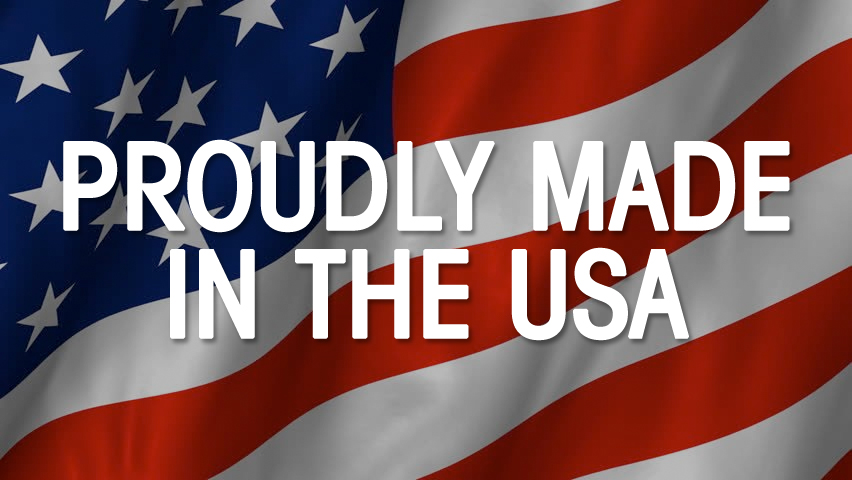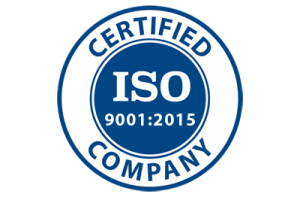Extrusion vs. Casting vs. Forging
Over the years, there have been many processes in manufacturing metal parts and components, and today there are several ways to approach the production of these parts, but all processes are not created equally. Extrusion, casting and forging are all processes designed to handle similar functions but each has its own benefits and uses in the production of metal products.
Extrusion:
In the extrusion process a high pressure press forces a metal billet through a die, which is smaller and/or a differently-shaped cross section that matches the desired shape of the bar or extruded shape required. A nearly unlimited number of cross-sections can be produced using the extrusion method.
More than any other metal forming process, the extrusion process creates various mechanical properties which may be required in the final part being produced. The process produces elongated grain structure that increases the raw material’s mechanical strength. Other advantages include lower tooling costs and fast, high volume projects.
The disadvantages of using the extrusion method over the forging method include potential surface oxidation which needs to be removed by acid or mechanical methods and will otherwise be susceptible to surface cracking, internal cracking and surface lines from badly maintained dies. It also offers a lower stiffness rate. Extrusion has a limit to its part complexity in part because the extrusion method is a 2-dimensional process, whereas forging offers 3-dimensional geometry.
Casting:
Casting is unlike forging and extrusion in that metal is heated until it reaches a molten state and is then either injected into or poured into a mold in the shape of the desired end product. The molten metal immediately cools in the mold and solidifies into the desired part. Generally, casting is used to produce complex geometrical industrial metal parts. One benefit of casting includes achieving the exact part that is desired because the molten metal flows into the mold and fills it entirely. There is also no limit to the size of the part one is attempting to achieve in sand casting. Casting can be a lower cost option depending on the ultimate use of the final product.
Despite the exactness in shape and the cost factor in casting, there are very significant disadvantages in using metal casting. The finished product is not as strong as a forged part is. There is always the chance that the part could contain internal porosity, surface voids or other imperfections, rendering the part useless. Casting parts have lower impact and pressure resistance. Sand casting does not provide a desired surface finishing and may require more machining in critical areas of the part.
Forging:
Forging is a process of compressing solid metal (a billet) into a desired shape through extreme force and compression to produce high-strength parts. The forging process is used in applications where performance and strength are critical requirements. Forged components are commonly found at points of stress and shock. Pistons, gears and wheel spindles in high performance automobiles and aircraft are often made from forged aluminum.
There are both cold and hot forging processes and each one’s use depends on the temperature of the process.
There are open-die processes which are ideal for large aluminum components. Open die presses do not constrain the aluminum billet during the forging process and utilize flat dies free of precut profiles and designs.
Conversely, closed-die forging, often referred to as impression-die forging, is a manufacturing process where solid metal is pressed, pounded or squeezed under great pressure in between two dies to produce very specific specs. Because the dies restrict the flow of the metal, this forging process is the best option for complex, intricate designs and close tolerances. Closed-die forging, the process used most widely at Brass Aluminum Forging Enterprises, has the capability of producing an almost limitless variety of shapes with a range in weight from just a few ounces to more than 25 pounds. BA Forging uses the latest 3D technology in its forging processes, ultimately saving on time and cost.
Closed-die forging uses 3-dimensional geometry as compared to the extrusion method which is 2-dimensional. Other benefits of forging over casting and extrusion include added strength and structural integrity due to the unique grain structure acquired in the forging process. Aluminum forging effectively solves the need for light weight, anti-corrosive, high-performance, durable parts. Closed-die forging provides a good finish and eliminate porosity, cavities and voids.
Brass Aluminum Forging Enterprises takes great pride in producing high-quality, closed-die forged parts, specifically in the areas of aerospace, defense, automotive and recreational power sports. For over 80 years, our diverse customer base has trusted us to be part of their team, allowing us to help them create the often complex products they design. After thoroughly reviewing the specs in our APQP product review process, we work together with our clients to provide them with creative solutions for their unique designs. Our forged aluminum products are heat treated for additional strength and durability, and we always provide our clients with a quality finish using our proprietary finishing process.
Forgings
Quick Contact
965 Wanda Street
Ferndale, Michigan 48220
T: (248) 591-3500
F: (248) 541-1780
E: rfq@baforging.com


